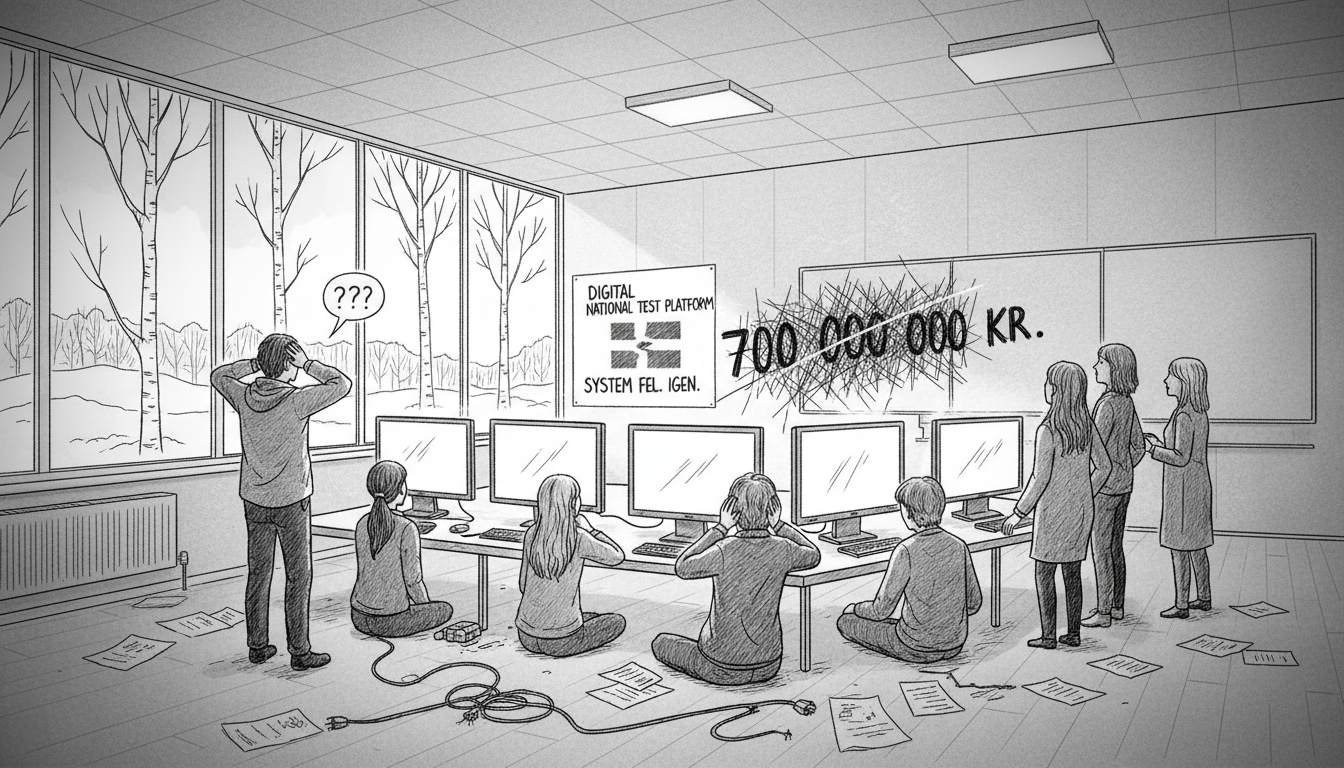Sweden's national education authority invested nearly 700 million kronor to digitize standardized testing. The goal was to create fairer and more equal assessment methods. Technical problems plagued the platform during its initial launch last year. Now the same issues have resurfaced during critical testing periods.
At Färjestaden School in Mörbylånga municipality on Öland, teacher Emelie Grön was responsible for ensuring everything worked properly. When the test began at nine o'clock, teachers and students could not access the system. They attempted adjusting settings but nothing functioned. Initially, they believed they had made errors in the setup process.
Grön contacted the education authority's support team and discovered they were unaware of the widespread problem. After calling colleagues throughout the municipality, she realized the technical failure affected multiple schools. The teacher expressed frustration about the situation. Educators received special training for this system, which took valuable time from their lesson planning and classroom instruction.
The practice test should have taken only five minutes to complete. After nearly an hour passed with the platform still inaccessible, Grön had to send students out for recess. Students felt disappointed and wondered when they would complete their assessments. Teachers currently have no backup plan for administering the tests. The education authority confirmed a major IT failure affected the testing platform.
This represents the second major failure of the digital testing system since its expensive development. The repeated technical issues raise serious questions about the platform's reliability. Sweden's education system has heavily invested in digital infrastructure in recent years. This incident highlights the challenges of transitioning traditional assessment methods to digital formats.
The national tests are scheduled for full implementation in spring 2026. The education authority now plans to evaluate what changes are necessary before that deadline. Similar digital transformation projects in other Nordic countries have faced comparable technical challenges. Norway experienced parallel issues when implementing digital testing systems last year.
International education experts note that digital assessment platforms require robust infrastructure and thorough testing. The repeated failures suggest either inadequate stress testing or fundamental design flaws. Students and teachers bear the consequences of these technical shortcomings through disrupted learning schedules and assessment delays.
The education authority faces mounting pressure to resolve these issues permanently. Parents and educators expect reliable systems given the substantial public investment. Future digital initiatives in Swedish education may face increased scrutiny following these repeated technical failures.

